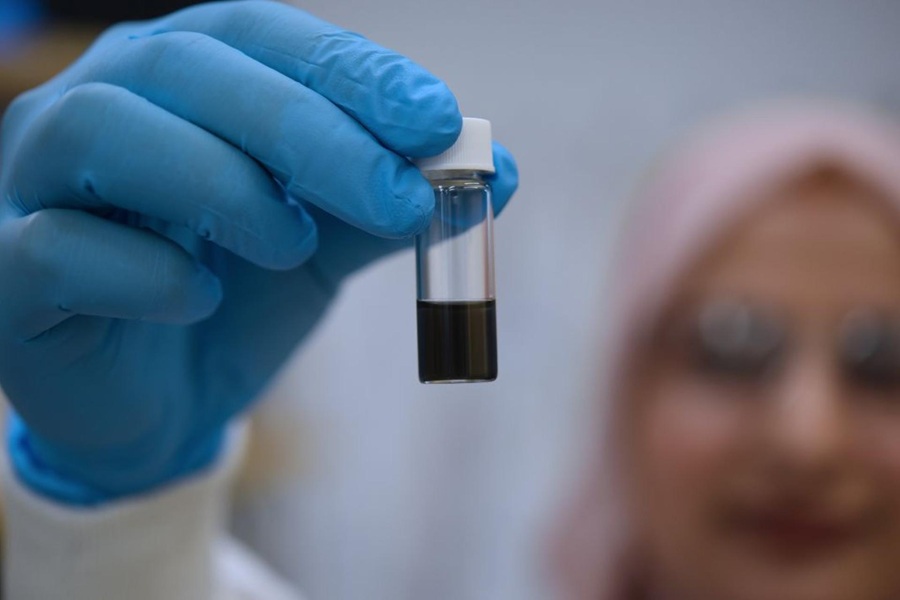Biochip Assays Growth Promoter Drug-Residues in Animals Raised for Food
By Labmedica staff writers
Posted on 10 Mar 2008
An array for growth promoter drug-residues simultaneously and quantitatively performs nine assays on a single sample. The biochip-screening test includes beta-agonists, corticosteroids, stilbenes, and ractopamine.Posted on 10 Mar 2008
Growth promoters improve an animal's ability to efficiently utilize nutrients in feed. The results are faster weight gain, increased lean tissue mass, and improved carcass quality. Growth promoters have been used to maximize growth in livestock production for around 40 years. The use of growth promoters is tightly regulated in many countries, mainly due to concerns that drug residues in food could pose a health risk to consumers. Drug residue testing is a two-stage process. Rapid screening methods are first used to rule out negative samples. Samples identified as positive are then tested by confirmatory techniques such as high performance liquid chromatography (HPLC) or mass spectrometry (MS).
Using immobilized antibodies each specific to a different drug, the biochip array simultaneously performs nine growth promoter assays in just 100 µl of urine. Simple sample preparation and simultaneous testing enable a rapid throughput with minimum effort--405 tests in less than 2½ hours. The typical limit of detection for each of the assays on the biochip is below 2 ppb, more than adequate for drug residue screening. Urine samples can be analyzed for beta-agonists--corticosteroids, ractopamine, trenbolone, boldenone, stanozolol, and zeranol--without the need for sample clean up. The screening test was developed by Randox Laboratories (Crumlin, UK), which also supplies immunoaffinity columns for sample clean-up before analysis for nandrolone and stilbenes.
The growth promoters' array is complemented by Randox's anti-microbial array, a comprehensive screening biochip that simultaneously and quantitatively measures 12 different sulphonamide antibiotics in a single sample.
Related Links:
Randox














